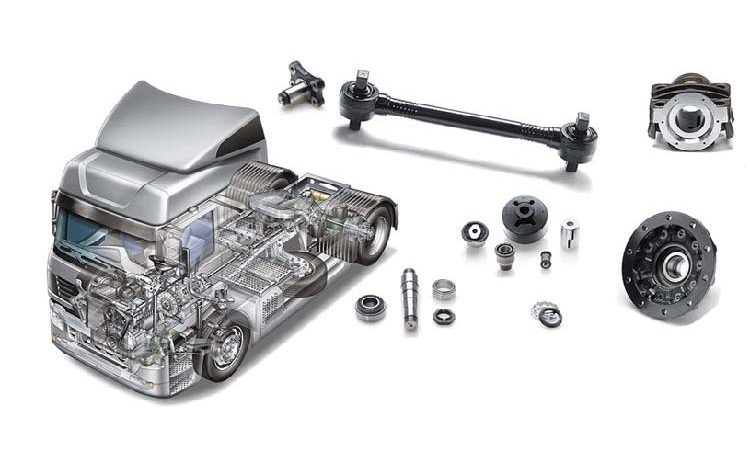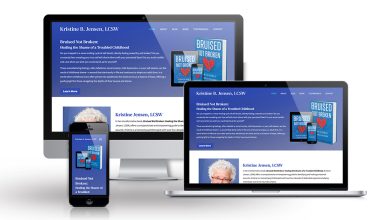A Guide to Truck Brake Parts and Maintenance

Proper maintenance of truck brake parts is crucial for safety. This article provides a guide to understanding and maintaining brake components for Sinotruk and Shacman trucks.
When it comes to vehicle safety, the braking system is arguably one of the most crucial components. Understanding the types of brake parts and how they work together can significantly enhance your vehicle’s performance and safety. Key brake parts include brake pads, rotors, calipers, and brake lines, each playing a vital role in the overall function of the braking system.
Key Brake Parts
- Brake Pads: Brake pads are the components that create friction against the rotors to slow down or stop the vehicle. They are typically made of a mix of materials, including metal, organic compounds, and ceramics. Over time, brake pads wear down due to the constant friction they endure. Regular inspections can help you determine their thickness and whether they need replacement. Worn-out pads can lead to metal-on-metal contact, causing significant damage to other brake parts.
- Rotors: The rotors, also known as brake discs, are the circular metal components that the brake pads press against. They can be solid or vented, with vented rotors often found in performance vehicles for better heat dissipation. Just like brake pads, rotors can wear out, warp, or become damaged over time. A warped rotor can lead to vibrations during braking, compromising the effectiveness of the brakes. Regularly checking the surface of the rotors for grooves, cracks, or warping is essential for safe driving.
- Calipers: Calipers are responsible for squeezing the brake pads against the rotors when you apply the brakes. They house the brake pads and contain a piston that pushes them against the rotor. There are two main types of calipers: fixed and floating. Fixed calipers have pistons on either side of the rotor, while floating calipers have pistons on one side and rely on the caliper’s movement to engage the pads. Regular inspection of the calipers for leaks and proper operation is essential, as any malfunction can affect braking performance.
- Brake Lines: Brake lines are the tubes that carry brake fluid from the master cylinder to the calipers. They play a crucial role in the hydraulic system of the brakes. Any leaks or damage to the brake lines can lead to a loss of brake fluid, resulting in brake failure. Regularly checking for signs of wear, such as cracks or bulges, can help prevent unexpected brake issues.
Regular Inspections
Conducting regular inspections of your brake parts is vital for ensuring safe driving. Inspections should include checking the thickness of the brake pads, examining the surface of the rotors for damage, and inspecting the calipers and brake lines for leaks or wear. Early detection of issues can prevent brake failure and enhance safety. A simple visual inspection can often reveal problems, but it’s also recommended to have a professional mechanic perform more thorough inspections periodically.
Replace Worn Parts
When brake pads wear down to a certain thickness, they should be replaced immediately. Ignoring worn parts can compromise braking efficiency and safety. It’s essential to follow manufacturer recommendations regarding replacement intervals and to pay attention to any warning signs, such as squeaking or grinding noises when braking. Additionally, if you notice a decrease in braking performance or feel a pulsation when applying the brakes, it may indicate that it’s time to replace the brake pads or rotors.
Keep Brake Fluid Levels Adequate
Regularly checking and maintaining proper brake fluid levels is another critical aspect of brake maintenance. Brake fluid is essential for the hydraulic system, allowing the force you apply to the brake pedal to be transmitted to the brake pads and calipers. Low fluid levels can lead to brake failure, making this maintenance task critical. Always use the type of brake fluid specified by the vehicle manufacturer, and be cautious when checking levels to avoid contamination.
Conclusion
Understanding truck brake parts and their maintenance is vital for safe and reliable driving. Key components like brake pads, rotors, calipers, and brake lines each play a unique role in the braking system’s overall function. Regular inspections and timely replacement of worn parts, along with maintaining adequate brake fluid levels, are essential practices that enhance safety and performance. By being proactive about brake maintenance, drivers can ensure their vehicles operate effectively and safely, minimizing the risk of brake failure and maximizing driving confidence. Prioritizing these aspects of vehicle maintenance not only extends the life of the braking system but also contributes to a safer driving experience for everyone on the road.









